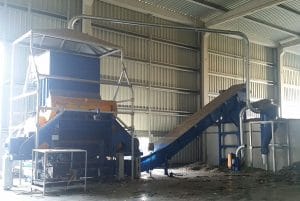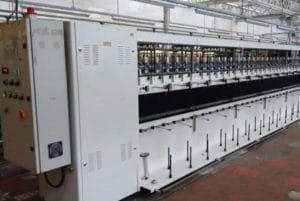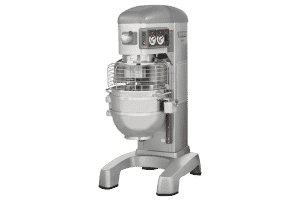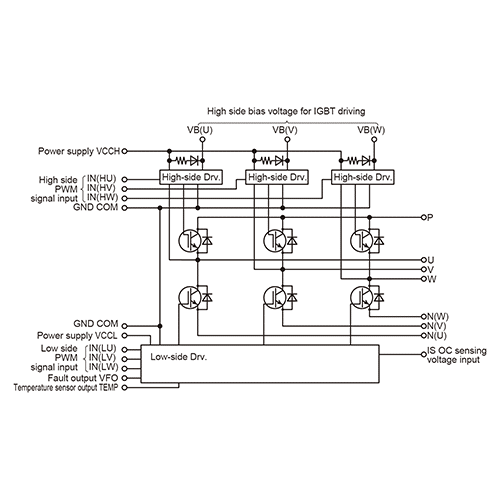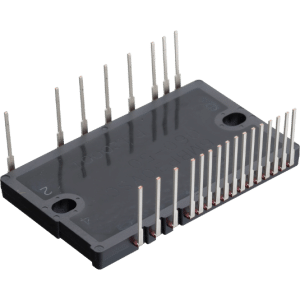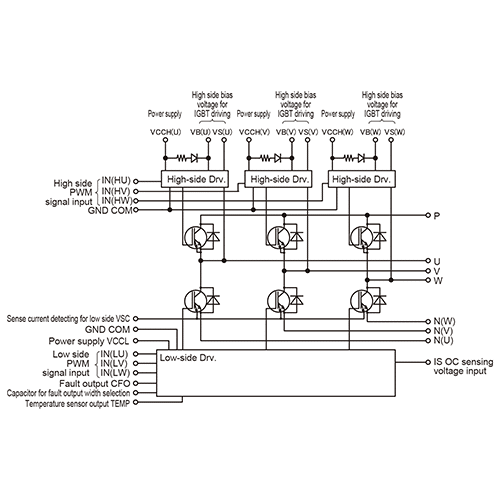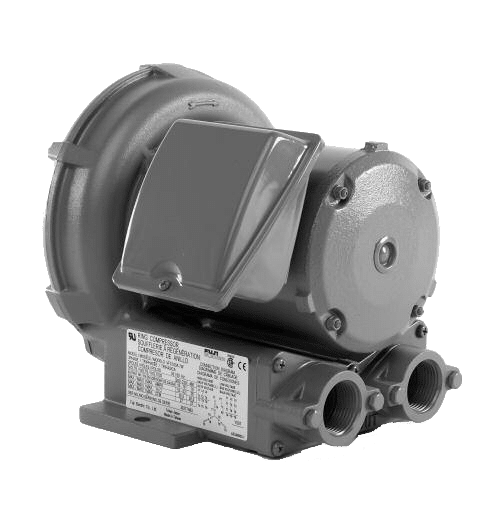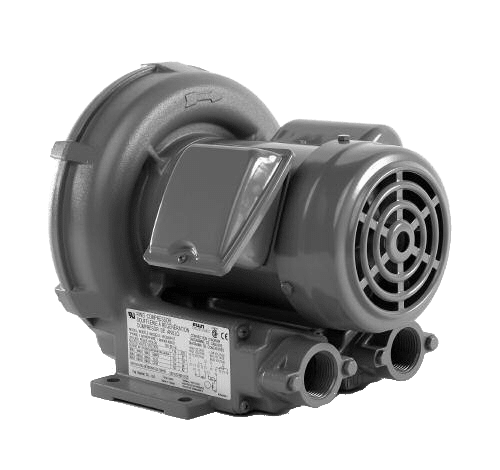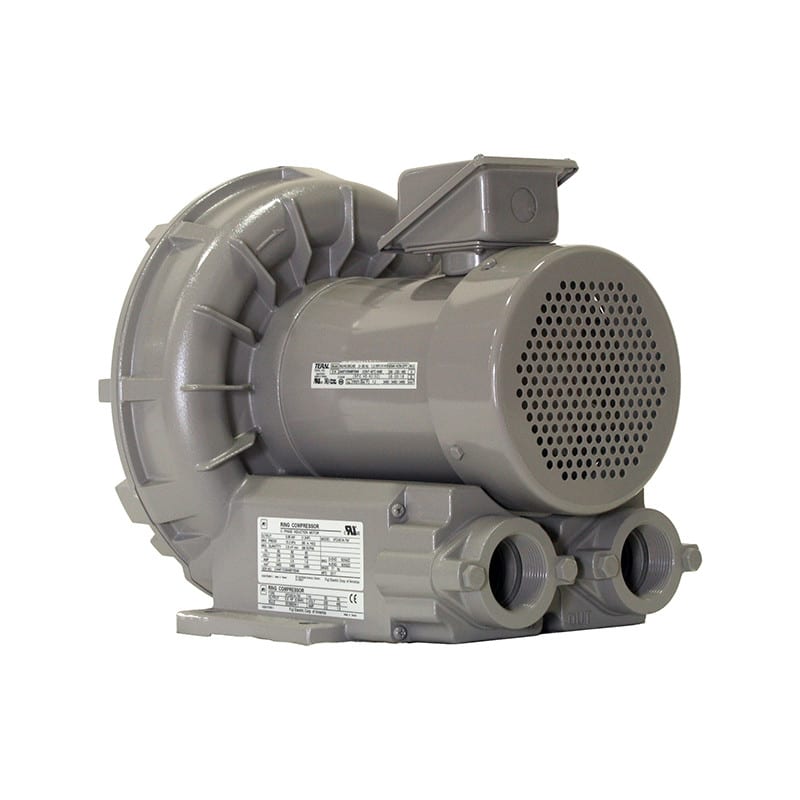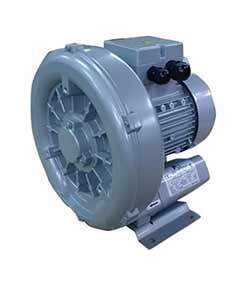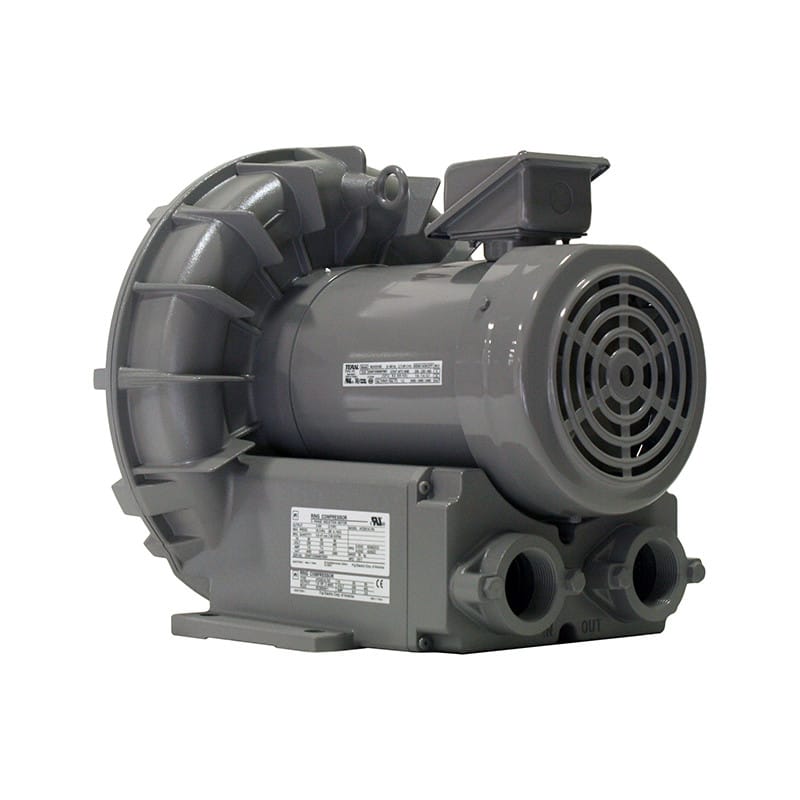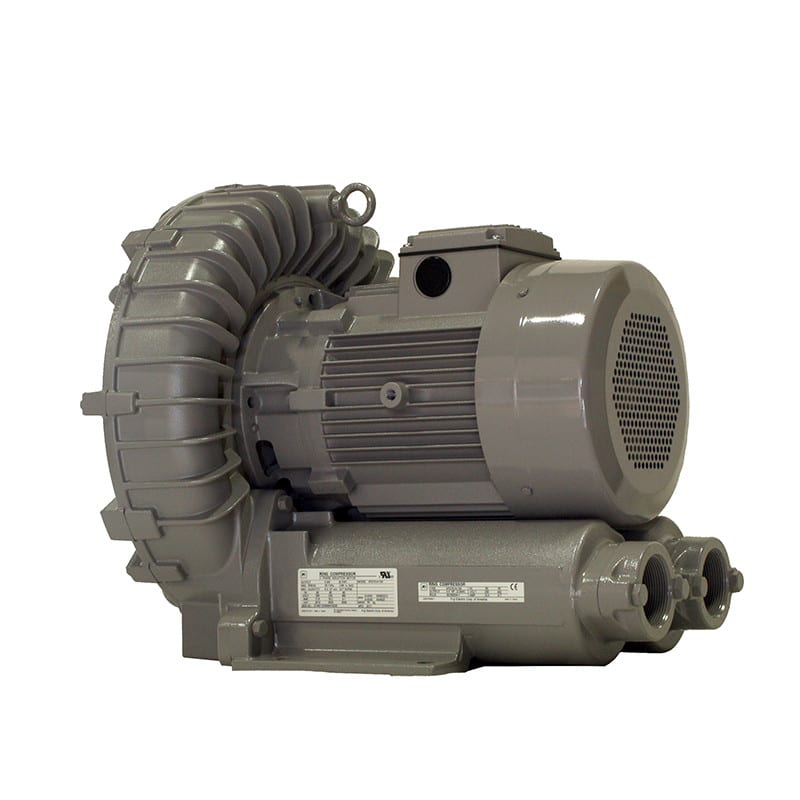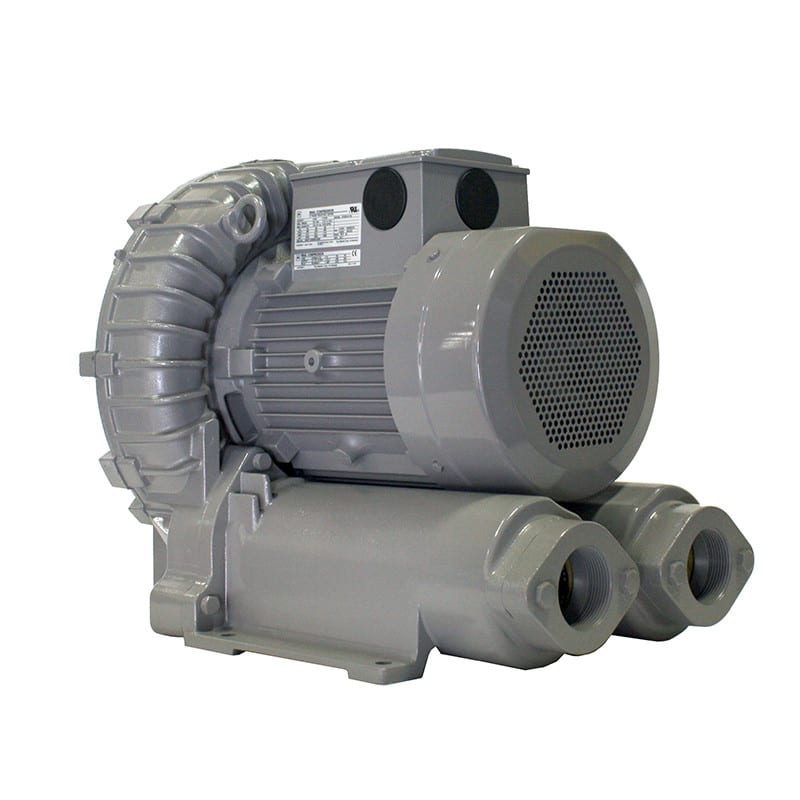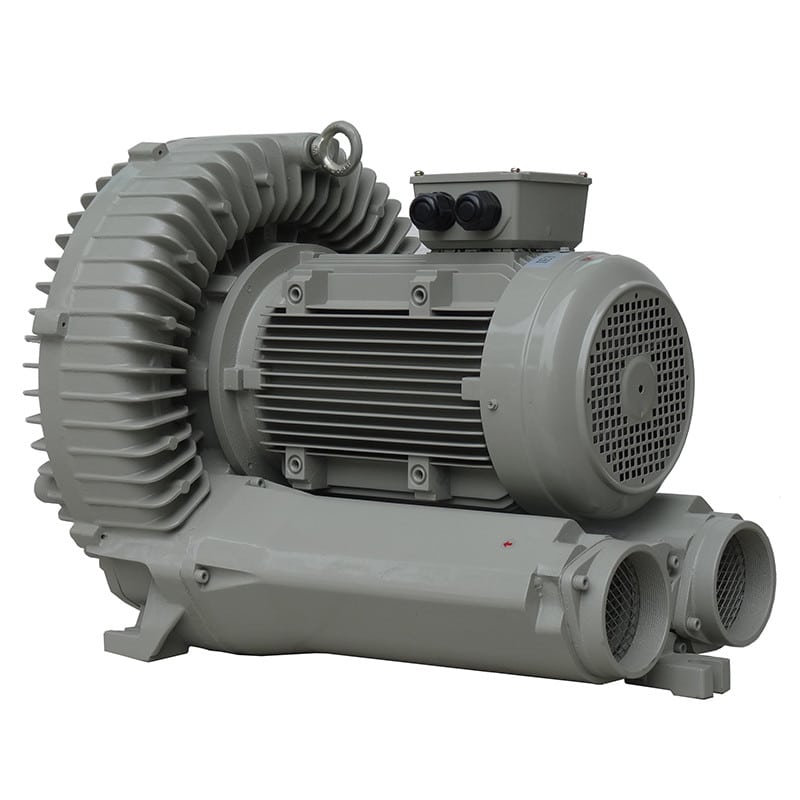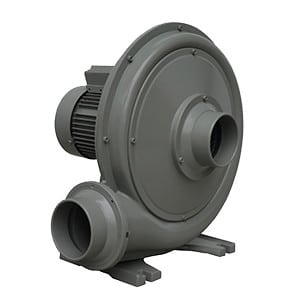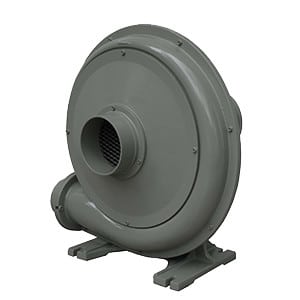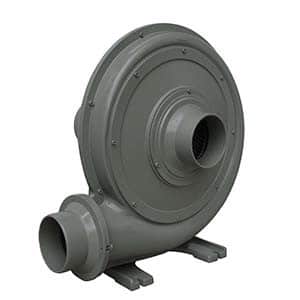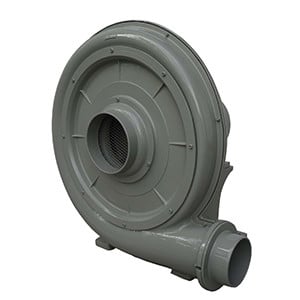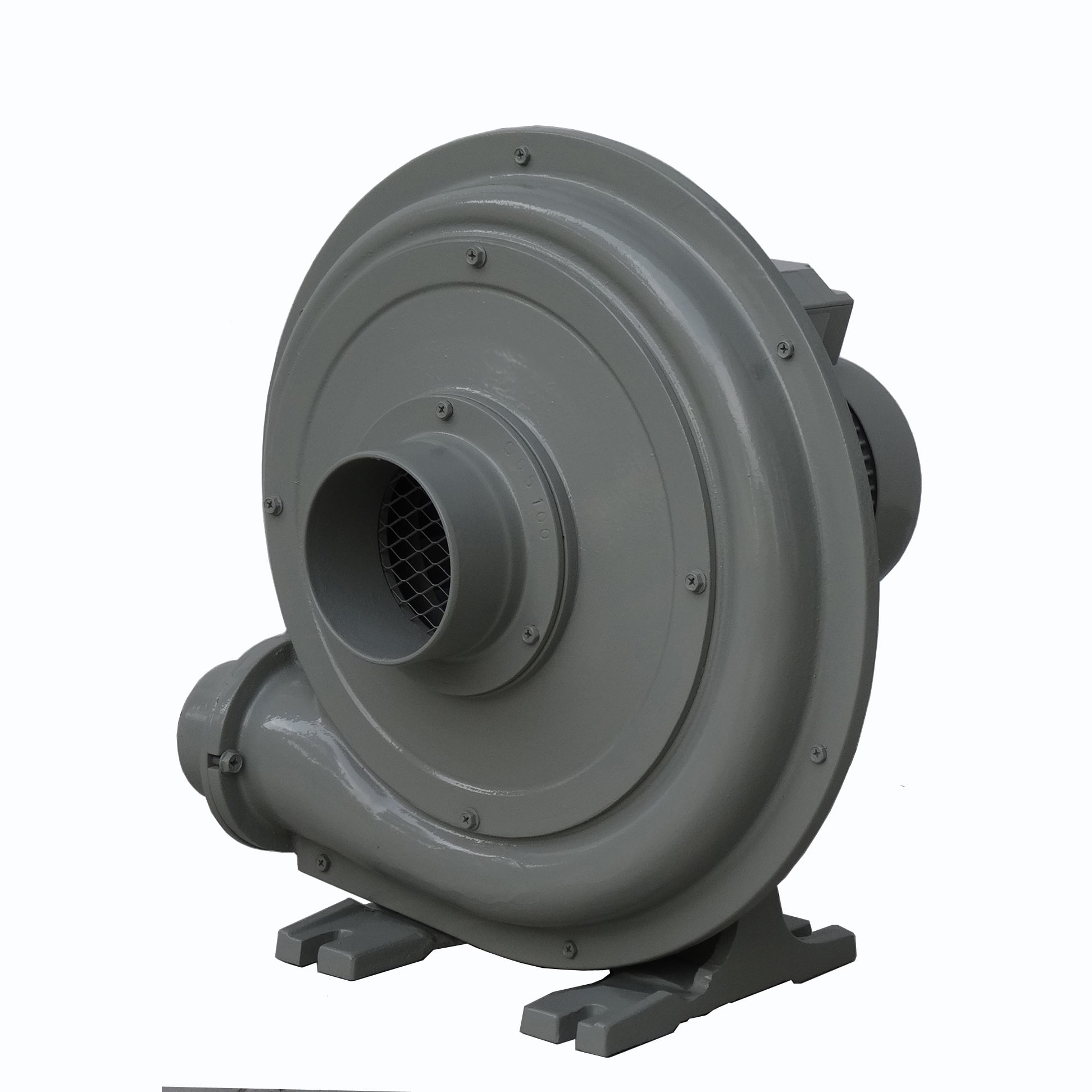Each application is unique, and therefore, when selecting an industrial pushbutton switch, several key characteristics need to be considered to ensure it meets the operational and environmental requirements.
Here are the important factors to look at:
- Type of Operation: Determine whether you need a momentary or maintained (latching) pushbutton. Momentary buttons return to their default position when released, while maintained buttons stay in their new position until actuated again.
- Contact Configuration: Look at the number and type of contacts, such as normally open (NO), normally closed (NC), or a combination. This should match the control logic of your application.
- Current and Voltage Rating: The switch should be able to handle the current and voltage of the circuit it will control. Ensure these ratings match or exceed the requirements of your application.
- Environmental Ratings: Consider the environmental conditions where the switch will be used. This includes factors like temperature range, humidity, dust, and water exposure. Industrial switches often come with IP (Ingress Protection) ratings that indicate their resistance to solids and liquids.
- Size and Mounting: The physical size of the pushbutton and its mounting style should fit your panel or control box. Common mounting styles include panel mount, PCB mount, and surface mount.
- Material and Build Quality: Industrial environments can be harsh, so the switch should be robust and made from high-quality materials. Metals like stainless steel or durable plastics are common in industrial switches.
- Actuation Force: This is the amount of force required to activate the switch. It should be suitable for the operator’s convenience and prevent accidental activation.
- Color and Labeling: For safety and ease of use, pushbuttons are often color-coded and labeled according to their function (e.g., red for stop, green for start). Make sure the switch aligns with standard practices and is clearly identifiable.
- Illumination: Consider if you need the pushbutton to be illuminated for visibility. Illuminated pushbuttons are especially useful in low-light conditions or to indicate the status of the switch or associated equipment.
- Safety Features: In some applications, you may require additional safety features like shrouds to prevent accidental activation, or key-operated switches for restricted access.
- Compatibility with Control Systems: Ensure the switch is compatible with the control logic and voltage levels of your existing control systems.
- Certifications and Standards: Check for compliance with relevant industrial standards and certifications, especially those related to safety and quality.
- Ease of Installation and Maintenance: The switch should be easy to install and maintain, with readily available replacement parts if necessary.
- Manufacturer Reputation: Choose a reputable manufacturer known for producing reliable and durable industrial components.
It’s critical to balance all of these factors to select an industrial pushbutton switch that is optimal for the operational demands and environmental conditions of your specific application.




